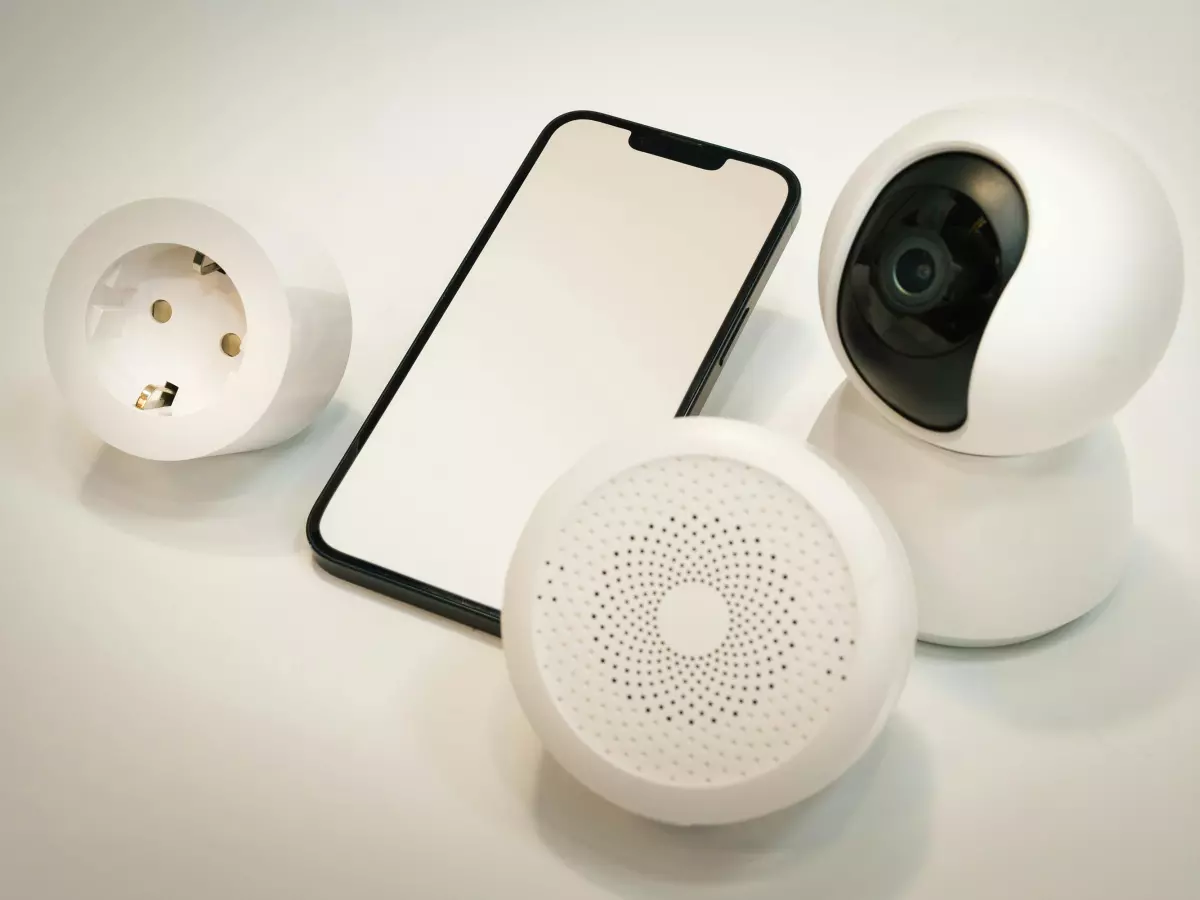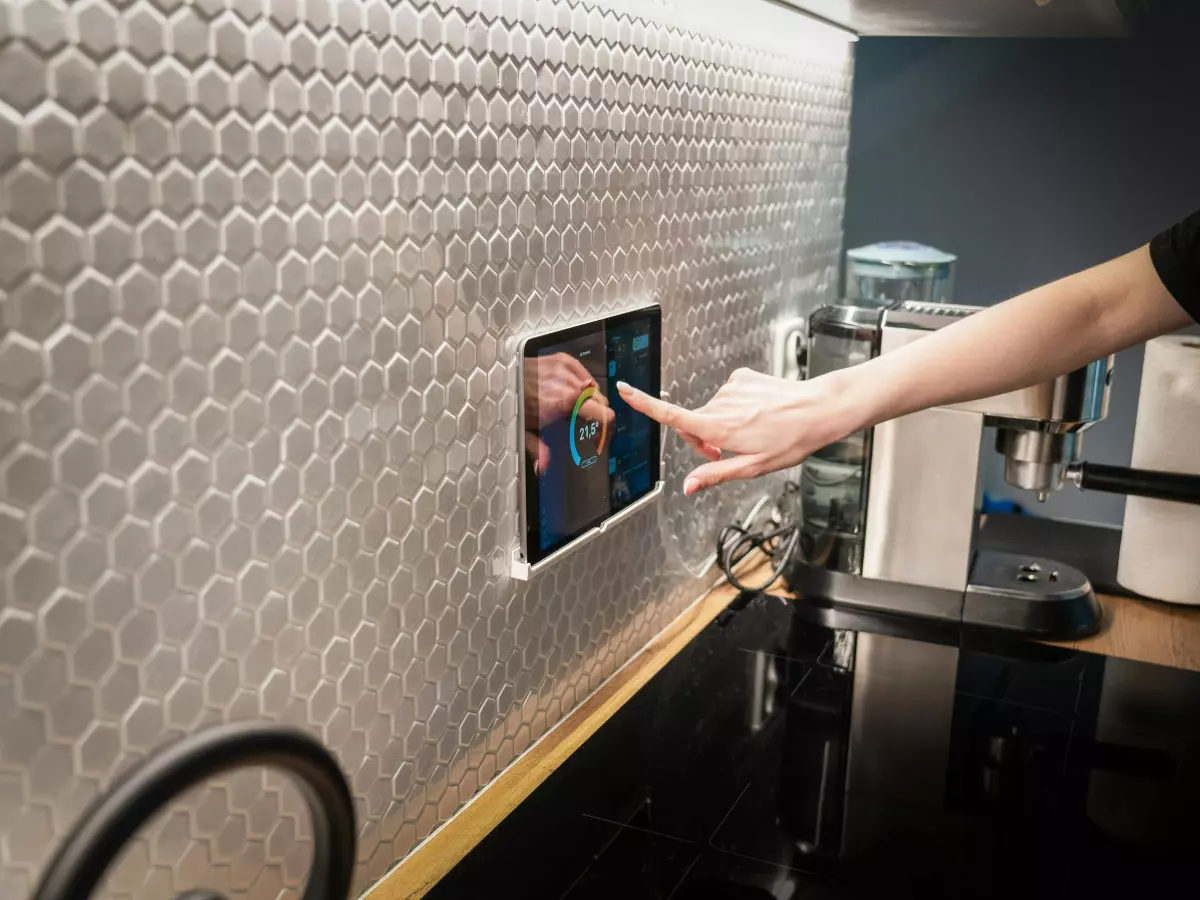Smart Home Voice Control
Ever tried shouting at your smart speaker, only to have it respond with something like, “I’m sorry, I didn’t catch that”? Yeah, we’ve all been there.

By Nina Schmidt
Voice control has become the poster child of smart home technology. From asking Alexa to play your favorite song to commanding Google Assistant to dim the lights, the convenience of voice commands is undeniable. But have you ever wondered what’s happening behind the scenes when you ask your smart home device to do something? Why does it sometimes feel like your smart assistant is more like a smart toddler—understanding you only half the time?
Let’s dive into the technical nitty-gritty of how smart home devices handle voice control, the protocols involved, and why seamless voice command integration is still a work in progress.
Breaking Down Voice Control: The Basics
When you give a voice command, your smart home device doesn’t just magically understand you. There’s a complex process happening in the background. First, the device’s microphone picks up your voice and converts it into a digital signal. This signal is then sent to the cloud, where it’s processed by Natural Language Processing (NLP) algorithms. The system tries to figure out what you’re asking for, and once it does, it sends the command back to your device to execute the action.
Sounds simple, right? Well, not so fast. The process involves multiple layers of connectivity protocols, data transfer, and device interoperability. And if any of these layers falter, you might end up yelling at your smart speaker like it’s a stubborn teenager.
The Role of Connectivity Protocols
Voice control relies heavily on connectivity protocols like Wi-Fi, Bluetooth, and Zigbee. Each protocol has its strengths and weaknesses, and your smart home device needs to choose the right one for the job. For instance, Wi-Fi is great for high-bandwidth tasks like streaming music or video, but it can be overkill for simple voice commands like “turn off the lights.”
That’s where low-power protocols like Zigbee and Z-Wave come in. These protocols are designed for low-bandwidth, low-latency tasks, making them ideal for quick, simple commands. However, not all devices support these protocols, which can lead to compatibility issues and, you guessed it, more frustration when your voice command doesn’t go through.
Interoperability: The Key to Seamless Voice Control
One of the biggest challenges in smart home voice control is device interoperability. You might have a smart speaker from Amazon, smart lights from Philips, and a smart thermostat from Nest. While each of these devices might work perfectly on its own, getting them to communicate with each other through voice commands can be a different story.
This is where standards like Matter come into play. Matter is a new connectivity standard designed to improve interoperability between smart home devices, regardless of the brand. By creating a common language for devices to communicate, Matter aims to make voice control more seamless and reliable. In the future, you’ll be able to say, “Hey Google, turn off the lights,” and your smart speaker, lights, and thermostat will all understand the command without any hiccups.
Why Voice Control Isn’t Perfect (Yet)
Despite all the advancements in voice control technology, it’s still far from perfect. One of the biggest hurdles is latency. When you give a voice command, there’s often a delay between when you speak and when the action is carried out. This delay can be caused by anything from slow internet speeds to cloud processing times.
Another issue is accuracy. Natural Language Processing has come a long way, but it’s still not foolproof. Accents, background noise, and even the phrasing of your command can all affect how well your smart home device understands you. And let’s not forget the privacy concerns—your voice commands are often sent to the cloud for processing, which means your data is being stored and analyzed by third parties.
The Future of Voice-Controlled Smart Homes
So, what’s next for voice control in smart homes? For starters, we can expect to see more devices adopting local processing. This means your voice commands will be processed directly on the device, rather than being sent to the cloud. Local processing can reduce latency, improve accuracy, and enhance privacy—three things we all want from our smart home devices.
We’ll also see more widespread adoption of interoperability standards like Matter, which will make it easier for devices from different brands to work together. And as Natural Language Processing continues to improve, we can expect voice control to become even more intuitive and reliable.
In the not-so-distant future, you might not even need to shout at your smart speaker anymore. Instead, your smart home will anticipate your needs and carry out tasks before you even ask. Now that’s what I call a smart home.





